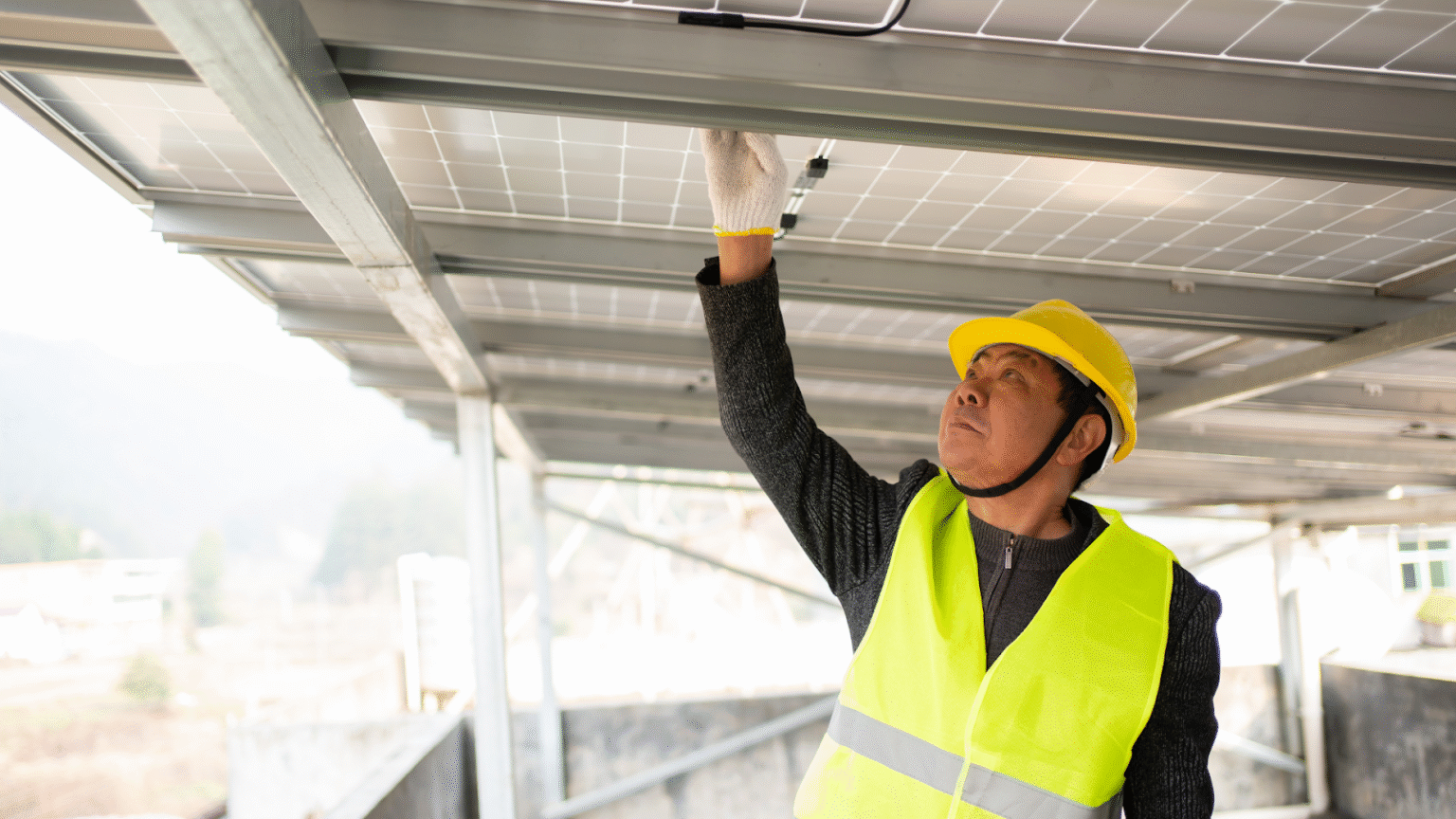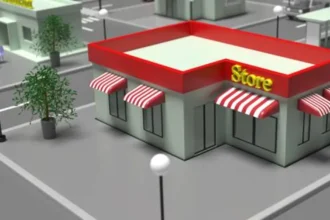Maintaining facilities properly isn’t just about fixing what breaks, it’s a strategic imperative. Despite this obvious truth, a staggering 53% of facilities operate in a primarily reactive maintenance mode rather than adopting proactive strategies.
This reactive approach leads to higher costs, increased downtime, and accelerated asset deterioration. The disconnect between understanding the importance of maintenance programs and successfully implementing them remains a puzzling challenge for many organizations.
From manufacturing plants to commercial buildings, healthcare facilities to educational institutions, the barriers to implementing maintenance programs share surprising similarities. Understanding why facilities struggle with implementation is the first step toward creating effective, sustainable solutions.
The Hidden Costs of Maintenance Program Failures
When facilities fail to implement proper building maintenance programs, the financial impact extends far beyond the obvious repair costs. These hidden expenses can silently drain resources and undermine organizational performance.
Financial Implications Beyond Repair Costs
The direct cost of repairs represents just the tip of the iceberg when it comes to maintenance failures. Emergency repairs typically cost 3-5 times more than planned maintenance activities. Additionally, facility maintenance breakdowns often lead to unbudgeted expenses that wreak havoc on financial planning. These unplanned costs frequently force organizations to divert funds from other critical initiatives.
Productivity Losses and Downtime Metrics
Equipment failures don’t just cost money they cost time. When critical systems fail unexpectedly, the resulting downtime creates a cascade of productivity issues. Workers stand idle, production schedules fall behind, and customer commitments may be missed. For manufacturing facilities, even a single hour of downtime can cost tens of thousands in lost production.
Safety Risks and Compliance Violations
Poor maintenance doesn’t just hurt the budget it can hurt people. Neglected equipment creates dangerous working conditions that put employees at risk. Beyond the human toll, these situations often lead to compliance violations that bring regulatory scrutiny and potential fines. Organizations must recognize that effective maintenance strategies directly impact their safety performance.
The impacts of maintenance failures are far-reaching, affecting every aspect of an organization’s performance. Recognizing these costs is essential for building the case for proper maintenance implementation.
Root Causes of Maintenance Program Failures
Maintenance programs often fail due to deep-rooted organizational and strategic issues rather than surface-level problems. A reactive mindset, where issues are addressed only after failure, undermines long-term performance and reliability.
Cultural factors such as leadership’s view of maintenance as a cost center, poor cross-departmental communication, and a lack of proactive values further hinder progress. Even with a supportive culture, strategic missteps can derail implementation. Common pitfalls include unclear goals, the absence of key performance indicators (KPIs), and applying one-size-fits-all strategies that ignore asset-specific needs.
Underfunded budgets also cripple efforts, leaving programs without the resources needed for success. Ultimately, aligning culture, leadership, and tailored planning is essential for maintenance programs to deliver value and ensure operational reliability over time.
Operational Execution Challenges
Even with the right culture and strategy, maintenance programs can falter during day-to-day implementation. The operational realities of maintaining complex facilities create numerous execution challenges.
Insufficient Training and Skill Development
- Technical Competency Gaps: Maintenance teams often lack specialized skills (e.g., vibration analysis, thermography, alignment procedures), reducing their ability to perform advanced tasks effectively.
- Analytical Capability Limitations: Many teams struggle with interpreting data, analyzing trends, and applying predictive maintenance techniques, limiting their use of maintenance insights.
- Knowledge Transfer Challenges: Organizations frequently lose critical expertise when experienced personnel leave, due to the absence of formal knowledge documentation and transfer processes.
Poor Documentation and Standard Operating Procedures
- Inadequate Work Instructions: Vague or incomplete procedures lead to inconsistent maintenance execution and prevent standardization of best practices.
- Missing Equipment History: A lack of comprehensive failure and repair records hinders informed decision-making and pattern recognition.
- Insufficient Asset Information: Inaccessible or scattered specifications, manuals, and drawings waste technician time and contribute to inefficiencies.
Transforming Failure into Success
Understanding why maintenance programs fail provides the foundation for creating more successful implementations. By addressing the root causes of failure, organizations can develop more effective and sustainable maintenance approaches.
Building a Maintenance-Focused Culture
Cultural transformation represents the foundation for maintenance program success.
Securing Executive Sponsorship
Obtaining visible support from top leadership sends a powerful message about maintenance importance. Executive sponsors can remove barriers, allocate resources, and communicate the strategic value of maintenance initiatives. Their involvement elevates maintenance from a technical function to a strategic priority.
Developing a Maintenance Vision
A compelling maintenance vision connects daily activities to organizational goals. This vision should articulate how effective maintenance strategies contribute to safety, quality, cost control, and other strategic priorities. It provides the “why” behind maintenance initiatives, inspiring greater commitment.
Creating Cross-Functional Committees
Bringing together representatives from maintenance, operations, finance, and other departments creates valuable alignment. These cross-functional committees can identify interdependencies, resolve conflicts, and ensure that maintenance programs support broader organizational objectives. They break down the silos that often undermine implementation.
Building a maintenance-focused culture takes time but creates the foundation for sustainable program success. Without this cultural foundation, even well-designed programs eventually falter.
Strategic Planning for Long-Term Success
Strategic planning bridges the gap between maintenance vision and practical execution.
Risk-Based Maintenance Budgeting
Allocating resources based on equipment criticality and failure consequences ensures optimal investment. This risk-based approach focuses limited resources where they’ll deliver the greatest value. It provides a rational basis for maintenance budgets that executives can understand and support.
Practical Goal Setting and Implementation Phases
Breaking implementation into manageable phases prevents overwhelming the organization. Each phase should deliver visible results that build momentum for subsequent efforts. This incremental approach allows organizations to learn and adapt as they progress.
Balancing Maintenance Types
Finding the right mix of preventive, predictive, and reactive maintenance optimizes resource utilization. No single approach works for all assets the key is matching maintenance strategies to equipment characteristics and criticality. This balanced portfolio approach represents a core element of industrial maintenance solutions.
Strategic planning creates the roadmap for maintenance program implementation, connecting long-term vision to practical action steps that drive sustainable improvement.
FAQs
Why do so many facilities still rely on reactive maintenance instead of proactive strategies?
Reactive maintenance often stems from limited budgets, lack of executive buy-in, and insufficient training, making it difficult for organizations to shift toward more strategic, preventive approaches.
What organizational challenges most commonly derail maintenance program implementation?
Cultural resistance, poor interdepartmental communication, and viewing maintenance as a cost center instead of a strategic function are major hurdles that prevent sustainable program execution.
How can leadership influence the success of a maintenance program?
Executive sponsorship provides visibility, resource allocation, and strategic alignment—critical for transforming maintenance from a back-end function into a performance-driving priority.
Moving Forward with Effective Maintenance
The gap between understanding the importance of maintenance and successfully implementing programs remains a significant challenge for many facilities. By recognizing the cultural, strategic, and operational barriers that undermine maintenance initiatives, organizations can develop more effective approaches. Building a maintenance-focused culture, creating sound strategic plans, and addressing operational execution challenges provides the foundation for sustainable improvement.
Remember that successful facility maintenance isn’t just about preventing failures—it’s about creating the conditions for operational excellence. With the right approach, maintenance transforms from a necessary expense into a strategic advantage that drives performance across the entire organization.

















